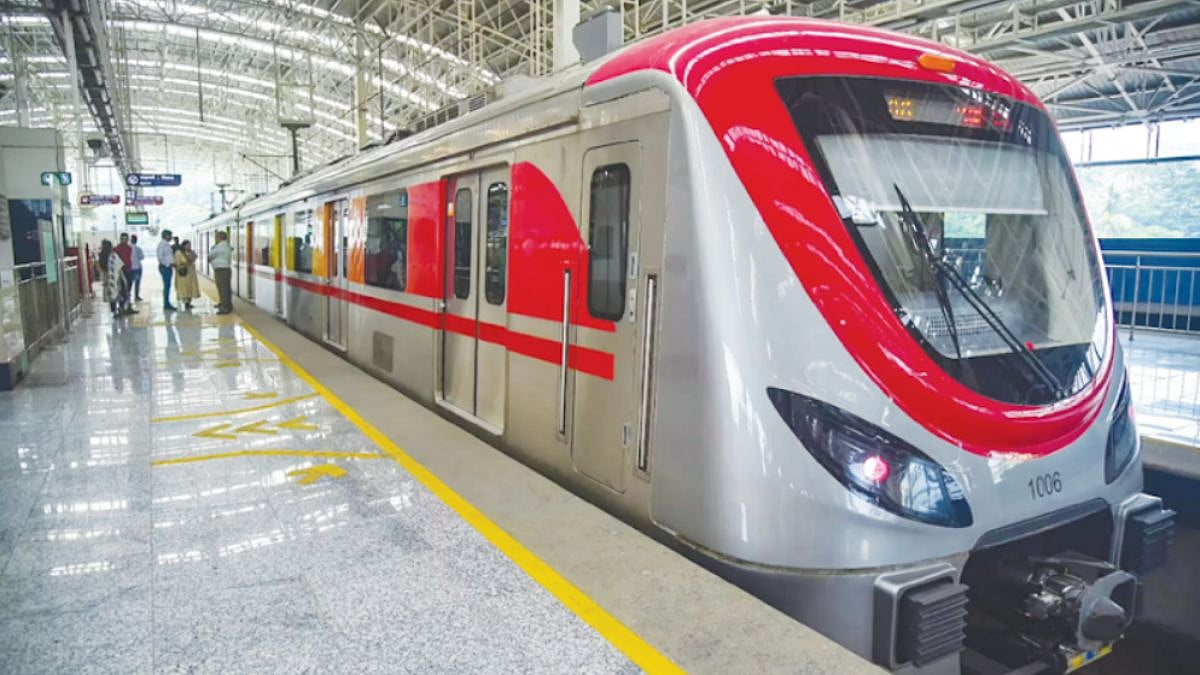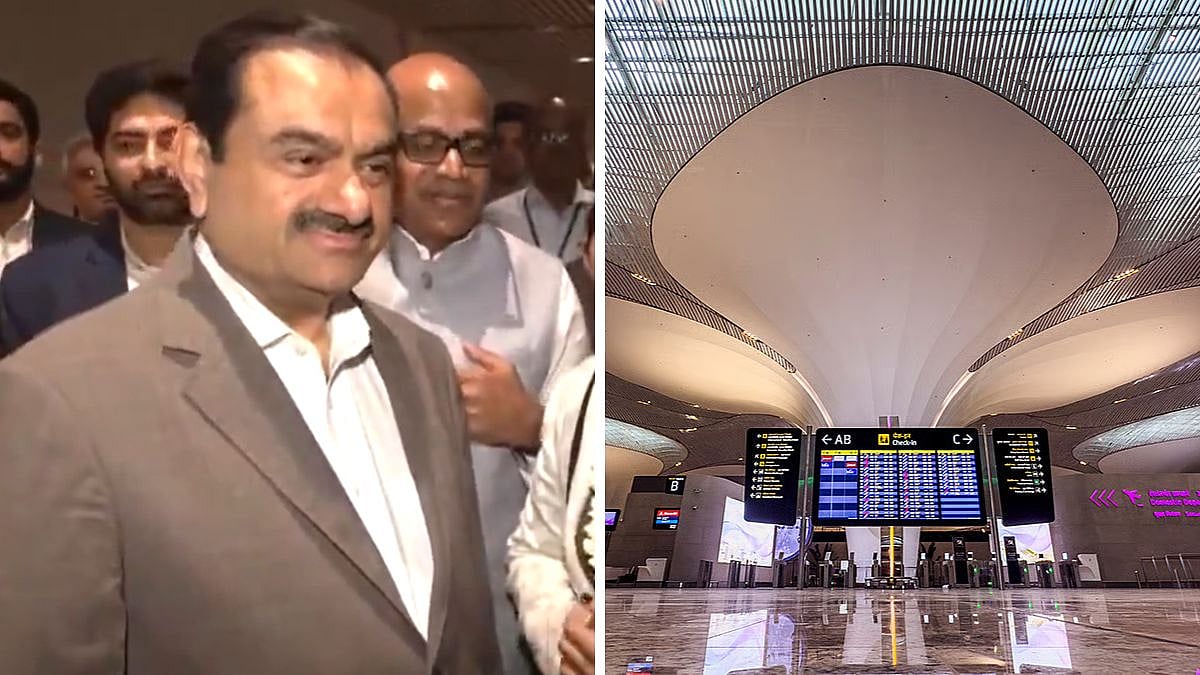S&P Global Ratings on Tuesday kept India's sovereign rating unchanged at the lowest investment grade of 'BBB-' for the 14th year in a row, and said the government's ability to execute additional economic reforms that spur investment and create jobs will be crucial for recovery from the current economic slowdown.
S&P projected a 9.5 per cent GDP growth in the current fiscal year that began in April and a 7.8 per cent expansion in the following year.
The GDP, which shrank from USD 2.87 trillion in 2019-20 to USD 2.66 trillion in the following year, is projected to expand to USD 3.96 trillion in 2024-25.
Prime Minister Narendra Modi in 2019 envisioned making India a USD 5 trillion economy and a global economic powerhouse by 2024-25.
Forecasting economic recovery to gain pace through the second half of 2021-22 fiscal, S&P kept the rating outlook at stable.
"The government's ability to deliver and execute additional economic reforms, especially those that spur investment and job creation, will be important for India's ability to recover from the economic slowdown.

"Existing vulnerabilities, including a relatively weak financial sector, rigid labor markets, and sluggish private investment, could hamper the economic recovery if not meaningfully addressed," S&P said in a statement.
S&P Global Ratings affirms its 'BBB-' long-term and 'A-3' short-term unsolicited foreign and local currency sovereign ratings on India. The outlook on the long-term rating is stable, it said.
"There is a risk that some damage to the real economy from India's deep economic downturn last year, and the more recent virus outbreak, could be enduring. Implementation and acceleration of key reforms could help to address this risk over the next few years."
India's economy is gradually recovering from a deep contraction in fiscal 2021 (year ended March 31, 2021) and a subsequent severe second wave of Covid-19. India's economy contracted 7.3 per cent in 2020-21.
"We expect real GDP growth to rebound to 9.5 per cent in fiscal 2022 on continued normalisation of activity and progressively higher vaccination rates. The pace of India's ambitious Covid-19 vaccination campaign will be crucial to the mitigation of adverse outcomes from future pandemic waves," S&P said.
The GDP growth is projected at 7.8 per cent for next fiscal 2022-23.
The US-based agency said the nationwide vaccine rollout has picked up pace over the past month, helped by increasing domestic supply. India is among a small group of emerging markets with extensive domestic vaccine manufacturing capabilities.
"Nevertheless, officials face stout challenges in establishing broad-based coverage for the nation's large population, the majority of which live in rural areas," it added.
The agency further said that BJP-led coalition government retains a healthy majority in the Lok Sabha, supporting its efforts to implement economic reforms. The central government in fiscal 2021 approved three labour reform bills that should help liberalise employment practices in the country, especially at small and midsize enterprises (SMEs) with fewer than 300 employees.
"State elections in 2022 will provide a gauge of the BJP's popularity in the Rajya Sabha, or upper house, following the disruptive second wave of Covid-19," it added.
S&P said Indian government introduced a brawny budget for fiscal 2022, with a 137 per cent increase in healthcare expenditure and a 34 per cent boost to capital expenditure, versus what was initially budgeted in the previous year. The budget follows comprehensive support measures implemented throughout fiscal 2021, although direct fiscal injections were fairly modest under that programme.
"Although the government's robust expenditure program this year should help the economy to heal faster, it will also further strain its weak finances. This increasingly tenuous balance may challenge India's capacity to maintain sustainable public finances and balanced economic growth, if the recovery is slower than we anticipate.
"The government's stimulus measures have leaned heavily on guarantees as well as on the banking sector and the RBI to support the economy and the financial sector. Amid the second wave of infections from March 2021 onward, the bulk of support measures has ostensibly been provided by the RBI.
"As before, these measures target the hardest-hit individuals, micro, SMEs, and nonbank financial institutions (NBFIs), and should help to contain immediate stress in the broader financial sector," it added.
S&P said India's fiscal deficit is likely to remain high in fiscal 2022, at more than 11 per cent of GDP, amid the economy's nascent stabilization. The government's fiscal performance is likely to have been affected by the severe COVID-19 situation in the first quarter of the fiscal year.
"India's sound external metrics have strengthened on rapid reserve accumulation related to an improvement in its current account flows; we expect the country to remain a net external creditor over the next three to four years," it said, adding the country's strong external settings will act as a buffer against financial strains despite elevated government funding needs over the next 24 months.
It said India's sound external metrics have strengthened on rapid reserve accumulation related to an improvement in its current account flows; we expect the country to remain a net external creditor over the next three to four years.
"The sovereign credit ratings on India reflect the economy's above-average long-term real GDP growth, sound external profile, and evolving monetary settings. India's democratic institutions promote policy stability and compromise, and also underpin the ratings.
"These strengths are balanced against vulnerabilities stemming from the country's low per capita income and weak fiscal settings, including consistently elevated general government deficits and indebtedness," S&P said.











